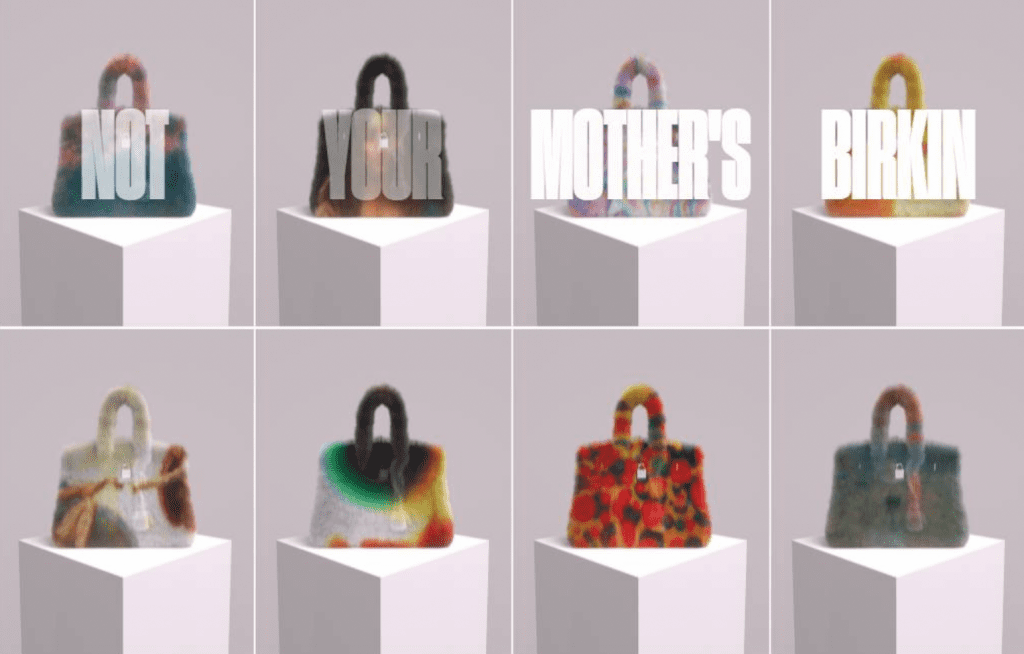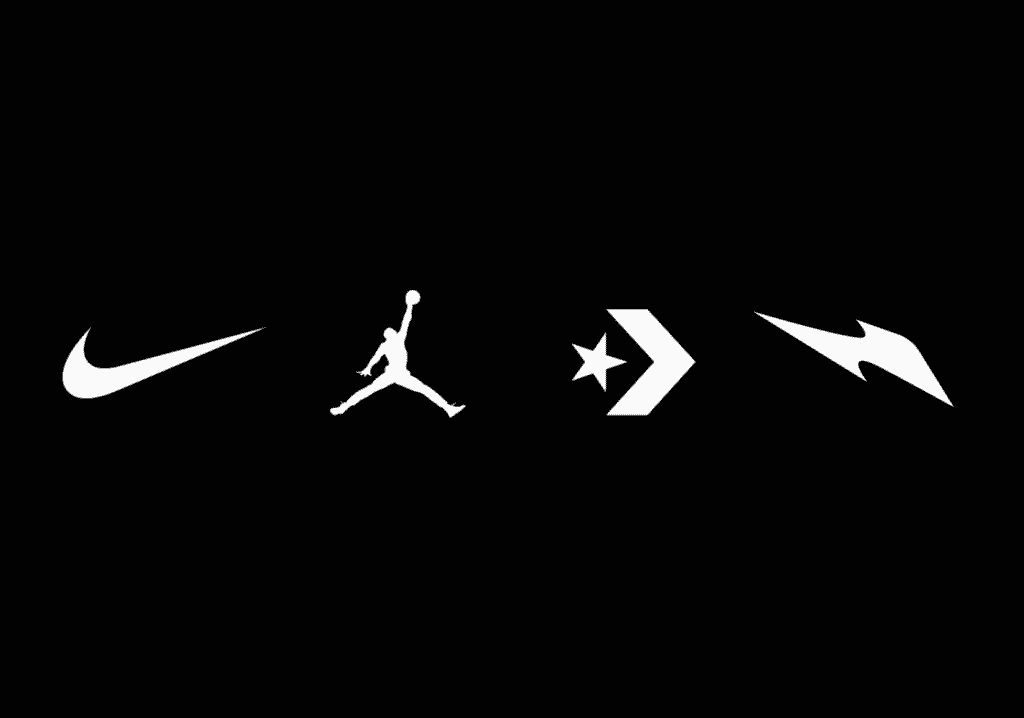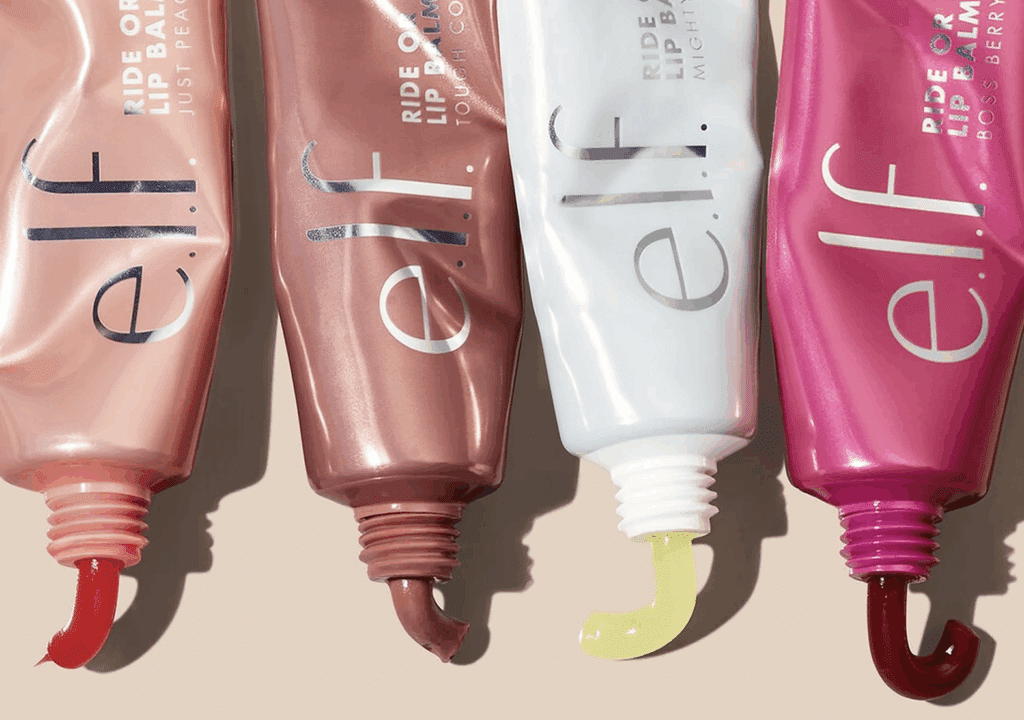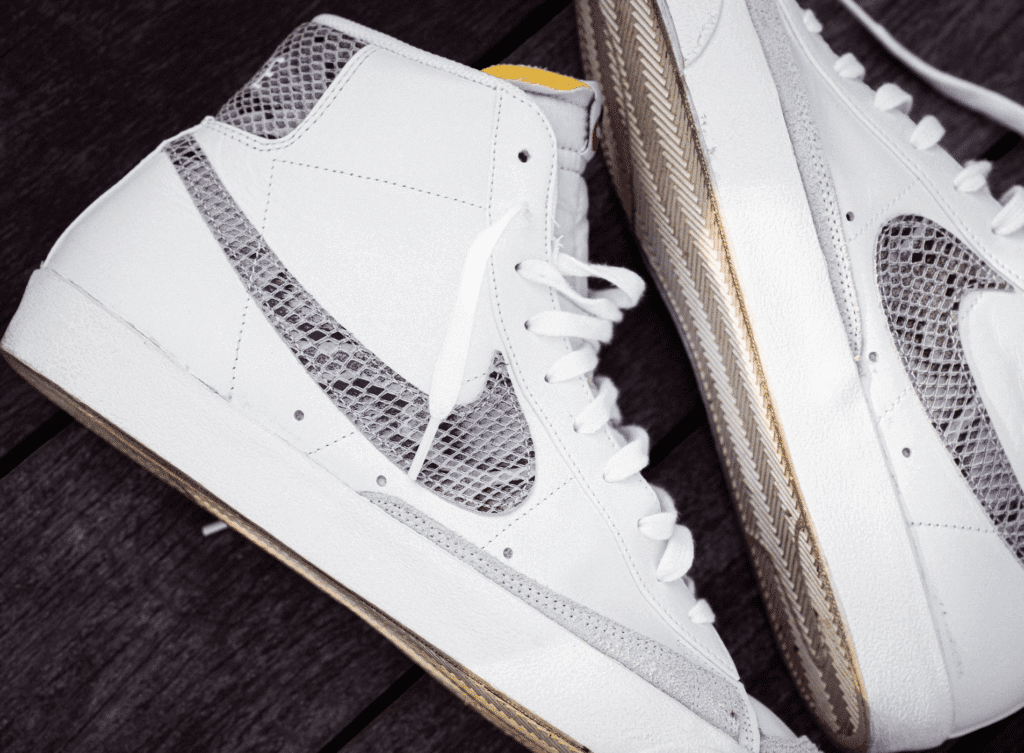With a jury trial pitting Hermès against Mason Rothschild over the latter’s MetaBirkins NFTs swiftly approaching, the parties are angling to get the court to block certain evidence from being admitted at trial, filing respective motions in limine with the U.S. District Court for the Southern District of New York on Monday. The impending trial comes one year after Hermès filed suit against Rothschild in a New York federal court, accusing him of trademark infringement and dilution in connection with the promotion and sale of the allegedly-confusingly-named NFTs. The case has been closely watched in light of the fact that it raises some novel – and nuanced – questions about the applicability of “real world” trademark rights, the doctrine of fair use, and First Amendment protections in the virtual world.
Ahead of the start of trademark and web3-centric MetaBirkins trial later this month, counsel for Rothschild is looking to get the court to exclude a number of Hermès’ proposed exhibits, either in their entirety or certain portions thereof, as well as any testimony concerning such excludable portions. Specifically, Rothschild is aiming to get the court to exclude …
1. Select Social Media Posts, including “comments from unidentified third parties” that Hermès intends to offer as evidence of actual confusion regarding the source of the MetaBirkins NFTs. Taking issue with the posts, which likely show social media users expressing their beliefs that the MetaBirkins NFTs are authorized/sponsored by Hermès, Rothschild argues that “anonymous online comments should be excluded because they are inadmissible hearsay and are not otherwise evidence of actual confusion and, thus, not relevant to any issue to be tried in this case.”
In particular, Rothschild’s counsel claims that Hermès “has not identified the authors of any of these social media accounts … making the authors’ identities, meaning, and intent unknown and unreliable.” And even if the social media posts were inadmissible, Rothchild argues that “they do not show or suggest that [his] use of Hermès’ [Birkin] trademark could inflict commercial injury in the form of either a diversion of sales, damage to goodwill, or loss of control over reputation,” as there is “no indication that these social media posts were created by actual or potential customers of either Mr. Rothschild or Hermès.”
2. Testimony of Boriana Guimberteau – This is the “lawyer highly familiar with the metaverse and the fashion industry [that] was confused and explicitly misled by [Rothschild’s] use of Hermès’ trademarks” that Hermès referenced in its amended complaint. While “Hermès intends to offer [her testimony] as evidence of actual confusion,” Rothschild claims that Guimberteau is “bears no relationship to potential or actual MetaBirkins consumers and therefore is not probative of likely confusion.” There is also a risk of prejudice, per Rothschild, as Guimberteau is a lawyer “who represents luxury fashion brands and claims to be knowledgeable about NFTs – and is therefore likely to be improperly perceived as … a witness whose testimony is to be accorded greater weight.”
3. Post-Litigation Statement & Certain Communications by Mr. Rothschild – Rothschild is also looking to block a certain – redacted – statement that he made in “private communications to his friends and associates about his lawyers in this case.” He argues that the statement is “irrelevant to the issues to be tried in this case, highly prejudicial, and only likely to distract or confuse the jury.”
Rothschild is similarly looking to block messages – again, redacted – that he made after Hermès filed suit that reflect his “layman’s view,” presumably of the case/law. The messages “have no relevance or probative value to any issue to be tried,” his counsel argues, and “Hermès’ only purpose in seeking to introduce [them] would be to smear Mr. Rothchild’s character in general.”
Moving on to Hermès’ motion, the Birkin bag-maker is seeking to get the court to preclude …
1. The Testimonies of Dr. Blake Gopnik & Dr. David Neal – According to Hermès, Rothschild “proffers Dr. Gopnik as an art expert to support his defense that his promotion and sale of the METABIRKINS NFTs is protected by the First Amendment.” The brand’s counsel argues that Dr. Gopnik should be precluded from testifying on the basis that his “opinion is not based upon any reliable data or methodology to support his mere ipse dixit assertions;” he “opines on ultimate legal conclusions;” his opinions “do nothing more than repeat Rothschild’s account of his own statements and actions;” and he “improperly interprets and opines on Rothschild’s intent in creating and promoting the METABIRKINS NFTs.”
(Note: The Yuga Labs v. Ryder Ripps case gets a mention here, with Hermès asserting that “Dr. Gopnik’s opinion about transactions qualifying as ‘Business Art’ is contradicted by a recent ruling” in that case, in which Ripps, “invoking Rogers v. Grimaldi, argued that certain NFT transactions qualified as expressive works protected by the First Amendment.” The court disagreed, per Hermès, “explaining that under Rogers, ‘[t]hese are all commercial activities designed to sell infringing products, not expressive artistic speech protected by the First Amendment.'”)
Hermès is also looking to block the testimony of Dr. David Neal, who is slated to rebut the survey evidence of actual confusion collected by Hermes’ expert on the basis that Neal’s opinions and testimony “are not based upon a reliable survey methodology, they do not aid the trier of fact, and if permitted, would be unfairly prejudicial to Hermès.”
2. Proposed Trial Exhibits – The bulk of Hermès’ pushback comes in response to evidence that Rothschild is seeking to introduce that it claims, “has nothing to do with either his METABIRKINS NFTs or Hermès’ infringement claims,” including images of Andy Warhol and other artists’ works and post-filing interviews.
“As he has in the press and in other filings,” Hermès states that most of Rothschild’s arguments are aimed at claiming that “he is somehow protected” – from trademark liability – “because other artists have engaged in conduct (unrelated to Hermès’ or BIRKINS) that he believes is analogous to his own.” Likewise, he “appears to argue that because others have had projects involving the BIRKIN name or design, that somehow provides him with a safe harbor to exploit the same in connection with METABIRKINS NFTs.” But this evidence is “irrelevant,” according to Hermès, and, even if it was relevant, it is more prejudicial than probative.
Perhaps the best example of these claims (which will almost certainly come up during the MetaBirkins trial), Hermès contends, is Rothschild’s references to Andy Warhol and the Campbell’s Soup can paintings. While “neither Warhol nor Campbell’s Soup have anything to do with this case,” Hermès argues that Rothschild is looking to introduce evidence of Warhol’s work, which would “create a false equivalence” between himself and “Warhol’s storied career [that] would only serve to confuse the jury and any faint probative value is dwarfed by the resulting prejudice to Hermès.”
As such, “any reference to Warhol for the purpose of claiming that acceptance of his work as ‘art’ immunizes Rothschild from infringement liability for the METABIRKINS NFTs should be excluded.” (This builds upon the claim that Hermès made in its complaint that Rothschild “seeks to immunize himself from the legal consequences of his appropriation of Hermès’ famous trademarks by proclaiming that he is solely an artist.”)
More than that, Hermès argues that “the nature and extent of Warhol’s claim to be an ‘artist’ as opposed to an ‘infringer’ is currently before the U.S. Supreme Court” in the Andy Warhol Foundation for the Visual Arts, Inc. v. Goldsmith case that “will examine whether Warhol had the right to use someone else’s photograph under copyright law.” Given the complexities of the legal issues in the ongoing Goldsmith case, Hermès asserts that “it is simply inaccurate for Rothschild to suggest or imply that Andy Warhol was acting within the bounds of the law and that Rothschild is therefore provided a safe harbor.”
Still yet – and delving into another argument that will undoubtedly arise at trial (with or without the evidence at issue), Hermès states that its key claim against Rothschild is for trademark infringement stemming from his use of the METABIRKINS name in connection with the METABIRKINS NFTs, which are “associated with images of handbags that, by Rothschild’s admission, are meant to look like Hermès’ BIRKIN bags.” With this in mind, Hermès argues that “Rothschild has tried to argue that [its] claim is about the images alone, [but] that is incorrect,” according to Hermes, which states that “even Rothschild does not argue that the pieces of code that create the NFTs, and are labelled METABIRKINS, are ‘art.’”
While the images are “important, of course,” Hermès argues that simply “comparing this case to Warhol’s Campbell’s Soups images” – with the help of corresponding exhibits – “is highly flawed.”
Beyond Warhol, Hermès also claims that Rothschild should not be able to bring in third-party evidence concerning “artistic” uses of Hermès’ BIRKIN trademark and/or trade dress, including images of photographer Tyler Shields’ work and songs by Beyonce, Cardi B, and Gunna. “Once again, just because other individuals or entities may have been involved in projects related to the BIRKIN mark or handbag does not mean Rothschild has that right,” Hermès contends. “Once again, this is to create the same type of false analogy: Rothschild seeks to protect his own behavior based on that of others. This has been a repeated theme during depositions and will be repeated at trial if these exhibits are not precluded.”
And finally, the brand argues that news articles discussing details of this action should be precluded, as while “Rothschild and his counsel have spoken to the media about this action and the parties’ claims,” neither Hermès nor its counsel have done so. As a result, it claims that such coverage of this case “was susceptible to bias,” and should not be included.
The case is Hermès International, et al. v. Mason Rothschild, 1:22-cv-00384 (SDNY).














